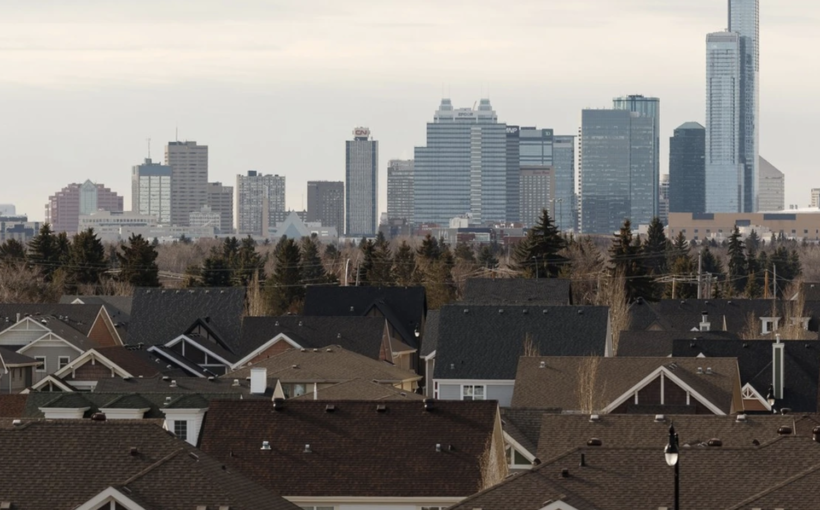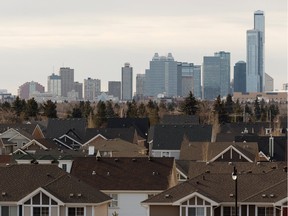The 15-minute city is what buyers want, according to a new survey.
“What I think is a little hilarious about this story personally is the conspiracy theorists around it,” says John Carter, broker/owner of Re/Max River City.
The realtor is referring to how the 15-minute city concept has been subject of misinformation since the pandemic with QAnon and other fringe, far-right groups espousing a conspiracy theory that a shadowy group of powerful elites want to lock people in their neighbourhoods.
Conspiracy theories aside, Carter notes that Re/Max’s report — The 15-Minute Neighbourhood: Lessons for Small Communities — demonstrates that the urban planning design is actually very popular among Edmonton buyers.
In fact, the study found it widely popular among Canadians in general with 72 per cent of respondents agreeing that communities with commute times of 15 minutes or less from amenities would improve their quality of life.
“These neighbourhoods already exist,” Carter adds, noting most Edmonton residential communities include schools, green spaces and grocery stores — among other amenities.
Still, the study found Edmonton, with its large blue-collar workforce, will always be a city where development will lean toward drivability.
“People often think of the commute for office jobs,” Carter says.
But that’s not the case for many blue-collar workers, especially those who work in the trades.
“If you work construction, you may be working for six months on one project and then you move to a different area.”
In turn, suburban communities with access to freeways like Anthony Henday Drive are popular among homebuyers, says Elton Ash, executive vice-president of Re/Max.
He cites the southern community of Summerside as one example of the 15-minute neighbourhood at least by some measures.
“It has a good mix of housing” from estate homes to rentals to townhomes for first-time buyers, he notes.
“And it is a perfect example of a large city working with developers to achieve the 15-minute concept in suburbia.”
Still, Ash admits residents who do work downtown or in other central areas of Edmonton face a long commute — though nearby LRT access helps reduce travel time in rush hour.
More broadly, the Re/Max study drives home the need for more comprehensive planning for housing — already in short supply — as the Canadian population surpasses 40 million with many more newcomers expected to arrive over the next few years, Ash says.
“There is a shortage of housing across the board.”
Already, signs of innovation are cropping up in major cities across Canada, including Vancouver with the Oakridge redevelopment on the site of an old shopping mall.
“It’s a unique community that includes affordable housing as well as a mix of office, retail and parks,” he says. “Essentially, it’s a live-work-and-play concept for all.”
In Edmonton, redevelopment of the Exhibition Lands also illustrates this rethink of what communities can be, ensuring they’re more mixed-use and inclusive with a variety of housing.
“The awareness of the 15-minute concept is further adding to demand for homes in neighbourhoods with mixed use elements,” Carter notes.
“And it’s good to know we’re not going to just keep building urban sprawl but instead focusing more on building complete communities that aren’t just a bunch of houses.”




